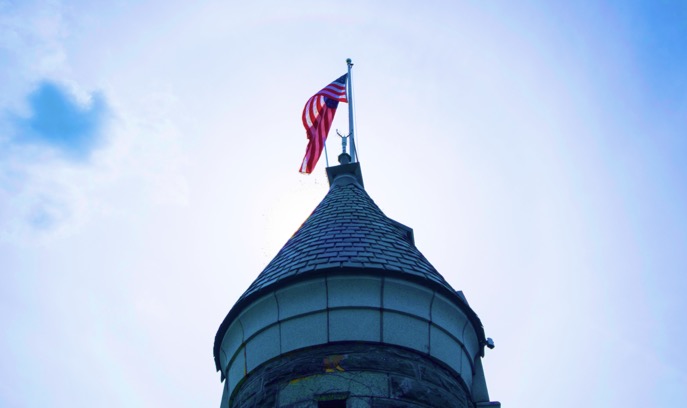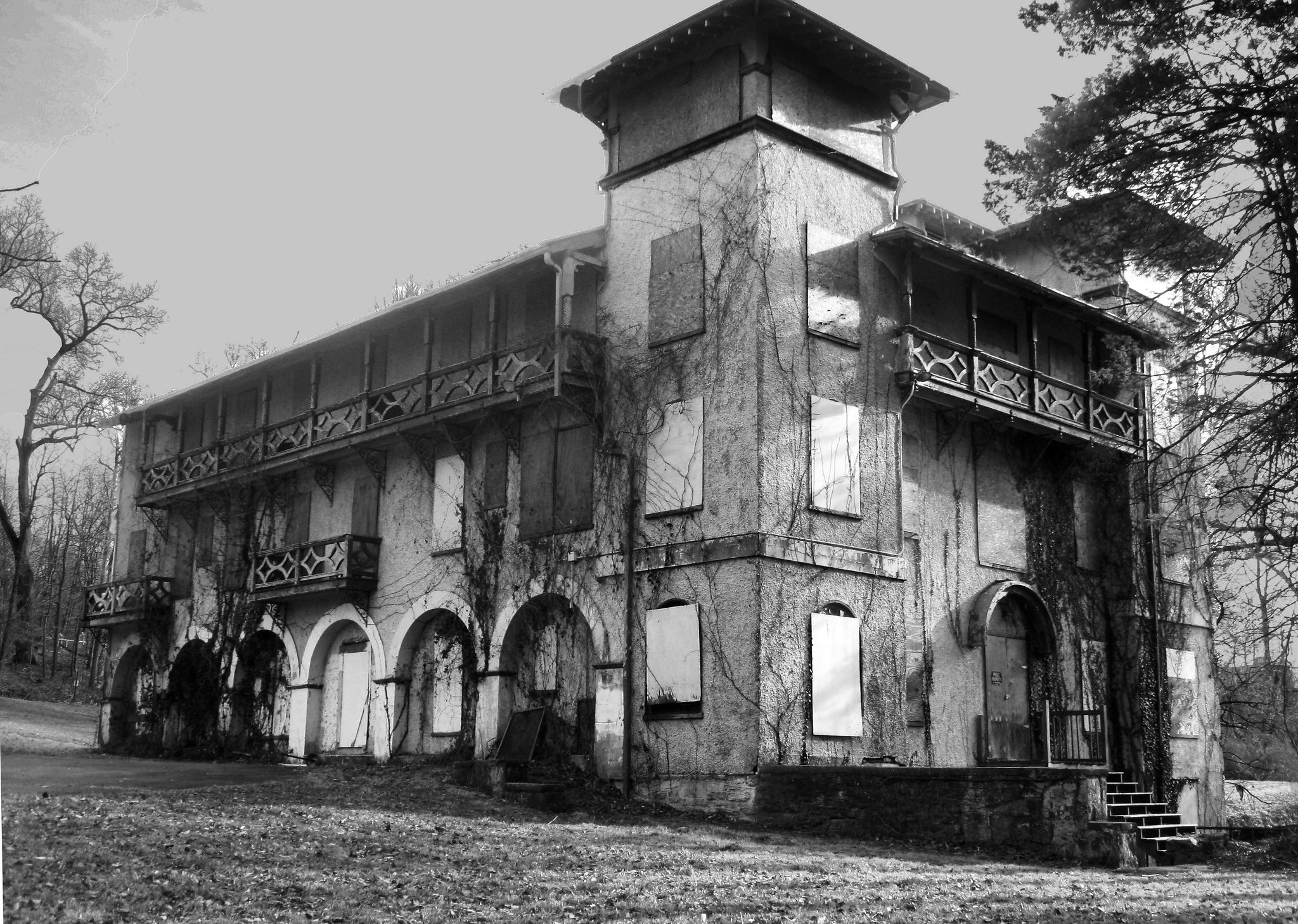The cradle of multiculturalism has been sprung.
Challenge the College Cartel

Elites dissemble, but people are hungry for a new, fully free university.
Last winter, in National Affairs, Brendan Bell and I published “An Ivory Tower of Our Own.” The premise was straightforward: Higher education has become inhospitable to conservatives and conservative thought—and this really matters. The goal we set was also simple: a self-sustaining university where, to paraphrase the mission of Brandeis University, the intellectual Right—in all its rich diversity—can be “a host at last.” While the institution should be oriented by an intellectual mission rather than an ideological agenda, its board, leadership, bylaws, culture, and norms should unapologetically champion rigorous, important work that challenges prevailing campus orthodoxies.
The university would embrace unfettered academic freedom in accord with the highest principles of free inquiry, with no quarter given to demands for speech codes, “safe spaces,” or the political enthusiasms of the moment. It would offer a preeminent alternative to the anti-conservatives adversely affecting the college experience of students—and the nation at large. As we put it, these members of America’s academic cartel “help determine what knowledge is pursued, legitimize bodies of thought, provide a platform for cultural criticism, shape literary canons, develop policy agendas, and hold a privileged place in the public square.”
Higher education is a powerful engine of culture—one that is now implacably, almost comically, hostile to conservative views and values. This is why well-meaning efforts to protect free speech, establish speaker series to bring diverse voices to campus, create campus outposts of heterodox thought, and foster civil debate are helpful but ultimately insufficient. These are primarily defensive actions, designed to parry leftist attacks and preserve some spaces where conservatives can speak freely without fearing they’ll be assaulted or brought up on charges of violating some campus “civility” code.
The problem is that such responses don’t alter the structural imbalance in the academy or the Left’s increasingly comfortable monopoly over campus administration, major associations, and whole fields of study. Preserving free speech on campus is good, but does nothing to alter the balance or change the institutional face of education. When self-identified liberal faculty outnumber self-identified conservatives by five-to-one, with the ratios even more lopsided in the social sciences and humanities—the fields where ideology matters most for research and teaching—much more is needed.
Re-Forming Higher Ed
The place to start is by grappling with the institutional problem at work. After all, even if one stipulates that the modern academy is not engaged in a purposeful pogrom against the Right—an assumption that’s becoming harder to grant over time—the practical consequences of today’s campus monoculture can be functionally indistinguishable from a conscious effort to marginalize intellectual dissent.
For those inclined to give the benefit of the doubt to the academy and avoid trading in conspiracy theories, the stymieing of conservative scholars and scholarship can be understood as the natural result of existing dynamics. “Put simply,” as we noted, “there is a series of gates through which those who inhabit universities must pass: admission to graduate school, finding a mentor, forging relationships with peers, assembling a dissertation committee, seeking letters of recommendation, applying for postdoctoral fellowships or positions, pursuing research funding and journal publication, seeking tenure, and so on.”
At every one of these stages, academe selects against those inclined to ask “irrelevant” questions or test “problematic” hypotheses—creating a Darwinian process that’s brutally effective at weeding out those inclined to critique feminist tropes, study the benefits of traditional marriage, or pursue other lines of inquiry that don’t comport with regnant mores.
The result is that the vast bulk of Right-leaning or Right-adjacent thinkers typically exit the academy before they have a chance to reach professional viability—or else find themselves steered into “acceptable” pursuits and away from eyebrow-raising lines of inquiry. All the while, even those who have no strong ideological predispositions find it easy to absorb and adopt the language, expectations, rhythms, and rules of the monoculture.
One promising response to this challenge, Bell and I argued, is the creation of a greenfield, full-spectrum research university explicitly designed to serve as the vanguard of a higher education reformation. It will offer a top-flight education to undergraduates, and will train lawyers, business leaders, and researchers. But, most importantly, it will provide a rich, robust ecosystem for the cultivation of thinkers who are able and willing to challenge the reigning campus monoculture. Such an institution can begin to incubate scholars, research, scholarly publications, and networks capable of challenging the existing cartel.
Given the outsized impact of pedigreed scholarship even a single, exceptional university could play a catalytic role. After all, it turns out that a handful of universities inhabit a dramatically outsized cultural footprint. The American Association for the Advancement of Science has calculated that just a quarter of universities produce about 80% of tenure-track faculty. Just eight institutions accounted for half of all history professors. Even a casual consumer of media will note that the research which draws the attention of major news outlets tend to emerge from a relative handful of elite research institutions.
Any number of practical questions arise when one considers such an endeavor. Can it actually be done? Can such an institution actually take a place among prestigious institutions? How much would it cost? The answers: It can surely be done. It can rise to prominence within 20 years. It would cost between $3 and $4 billion dollars, all in. (If you’re interested in these answers, and all the particulars, check out the piece.)
An Unmet Appetite
Now, in the six months since Bell and I published “Ivory Tower,” many have wondered about the response the piece garnered. Indeed, inquiring about the response is almost invariably the first question asked by each of the dozens of academics and scholars who have written to say, “Is this going to happen? Please tell me this is going to happen. And sign me up!”
On that count, at least four things are noteworthy.
First, there has been much less interest from the coterie of consultants and consiglieri who surround deep-pocketed conservative donors than I might have hoped. It’s not that I expected rich guys to read a 7,000-word essay, or that anyone was going to pony up $3 billion-plus on the word of a Beltway egghead. I had hoped, however, that “Ivory Tower” would pique the curiosity of some hangers-on, advisers, and estate planners who are advising deep-pocketed conservatives. After all, these same donors are busy writing huge checks, and leaving even bigger bequests, to colleges and universities that have no time for the views and values they hold dear. I fear that the quiet response on this front reflects the sense of resignation that characterizes conservative philanthropy in higher education today. Wealthy conservative donors have become enablers, happy when an elite university agrees to accept millions for a new medical complex or program in American studies. Nothing of import will change, I suspect, until that mindset does.
Second, some conservative thinkers have responded by conceding that the notion is an interesting one, only to insist that we ought not be too hasty to dismiss the academy or question its appetite for self-correction. They’ve suggested that it would be mistake to retreat from the academy, and that conservatives should continue to show up, be winsome, and trust that the better angels of the academy will get their act together any day now. I wholly agree that it would be nice if we could all find a way to peacefully coexist in the modern academy. Unfortunately, it seems to me that the problems noted above make clear why such a strategy is, like they say about second marriages, a triumph of hope over experience.
Third, to no one’s great surprise, the campus mandarins have mostly ignored the critique and proposal that Bell and I sketched. When they have occasionally bothered to acknowledge the piece, they have mostly sniffed at it as a typical example of right-wing paranoia and the refusal of conservatives to appreciate the fair-mindedness of the modern academy. I’m never quite sure what to say in response. I do find myself thinking if the handful of university denizens who bother to engage with long-form essays by conservatives are this dismissive, that there’s little hope that far-seeing chancellors are about to boldly challenge the monoculture, or would find much support if they did.
Finally, the heartening and striking response is that which has emerged from the ranks of established professors, young scholars, and academic exiles who have reached out to offer some version of “I’ve yearned for a place like this.” Indeed, plenty of those writers have opened with the disclaimer, “I’m no conservative, but…,” before lamenting that they’d love to find an institution where they needn’t tiptoe so carefully around prevailing norms when it comes to vital questions of political, cultural, and social thought. It speaks to the hunger for robust intellectual debate and suggests that such a venture could be as important for its ability to help liberate free-thinking centrists from smothering orthodoxy as for the scaffolding it would offer to right-leaning intellectuals.
I’m often struck that the conservative response to higher education has wobbled between fretful hand-wringing and resigned acceptance. There’s lots of justifiable snark and head-shaking regarding campus foolishness, but far less discussion of what it would take to truly change things. Indeed, conservative wonks and officials are more likely to advocate giving colleges new funds for workforce training than they are to challenge the cartel.
The first rule of holes is: When you’re in one, stop digging. Well, when it comes to higher education, it’s time to set the shovel down. And get to work assembling a ladder.
The American Mind presents a range of perspectives. Views are writers’ own and do not necessarily represent those of The Claremont Institute.
The American Mind is a publication of the Claremont Institute, a non-profit 501(c)(3) organization, dedicated to restoring the principles of the American Founding to their rightful, preeminent authority in our national life. Interested in supporting our work? Gifts to the Claremont Institute are tax-deductible.
The longing to universalize the college lifestyle has turned academia into a church of hypocrisy.
Today’s power struggle is the stuff revolutions are made of.
Our universities have replaced justice with despotism.
The era of wisdom on campus is over.
Our academic institutions are rotten to the core. It’s time to replace them.






